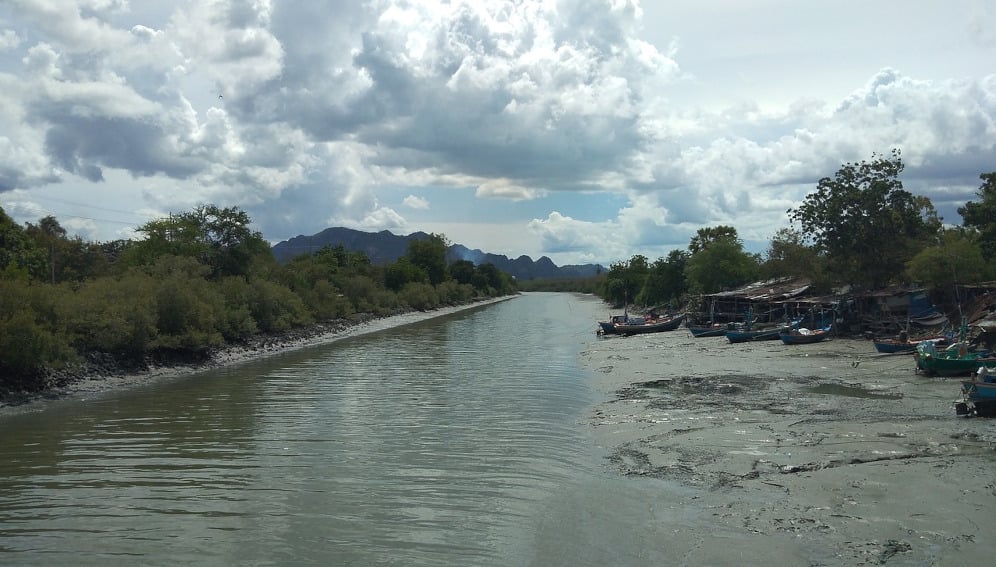Engineering plants to thrive in warmer and drier conditions associated with climate change is an exploding field of scientific study, as researchers all over the world work to stave off the threat of food insecurity.
Two new studies have shown how enzymes contribute to plant resilience, with one showing great value in potato crops.
Potatoes are far from humble – about 2/3 of the world’s population eats them as staple diet. New research has shown they can be genetically modified to be more resilient to global warming.
A Global Change Biology paper has found that modified potato plants grew 30% larger tubers under heatwave conditions (compared to regular ones) without compromising nutritional quality.
The genetic modifications targeted the process known as photorespiration, which has been shown to reduce the yield of soybean, rice, and vegetable crops by up to 40% and happens more often under high temperature conditions.
“If we are going to meet the need for food in regions most at risk from reduced yields due to global warming,” says Katherine Meacham-Hensold of the University of Illinois in the US, first author of the Global Change Biology paper.
“We need to produce crops that can withstand more frequent and intense heatwave events.
“The 30% increase in tuber mass observed in our field trials shows the promise of improving photosynthesis to enable climate-ready crops.”
During photosynthesis a plant enzyme, rubisco, catalyses the fixation of carbon dioxide. But it can also catalyse a reaction with oxygen in a process known as photorespiration.
This is an essential plant process, but it also wastes energy produced by photosynthesis and produces a toxic byproduct – glycolate. It also happens more frequently under hot and dry conditions.
“Photorespiration is a large energy cost for the plant,” says Meacham-Hensold.
“It takes away from food production as energy is diverted to metabolising the toxin. Our goal was to reduce the amount of wasted energy by bypassing the plant’s original photorespiratory pathway.”
A separate study, published in the Plant Biotechnology Journal, looked at increasing the ability of plants to survive at high temperatures by engineering the enzyme at the final step in photorespiration.
In this study, researchers increased the thermostability of the enzyme glycerate 3-kinase (GLYK), which is involved in the final step of photorespiration, in thale cress (Arabidopsis thaliana).
They looked at the structure of the same enzyme in the alga Cyanidioschyzon merolae, which lives in acidic volcanic hot springs. After identifying the structural characteristics responsible for its greater thermostability, the researchers introduced these into Arabidopsis GLYK.
“By understanding the ‘why’ of how C. merolae enzymes operate at higher temperatures, we can reengineer plant enzymes to be better prepared for a world with higher temperatures,” says Berkley Walker, associate professor at Michigan State University in the US.
The next step is to introduce these engineered, more thermotolerant enzymes into the model plant Arabidopsis to see how the plant reacts.
“Understanding how we can learn from nature and improve enzymes for a warmer future is critical since plants are faced with temperatures that they have not historically been exposed to,” Walker says.
“Some enzymes are going to be just fine, but others may not be able to take the heat. With this knowledge, we have a strategy we can try on any enzyme to increase its ability to operate under warmer conditions.”








Leave a Comment